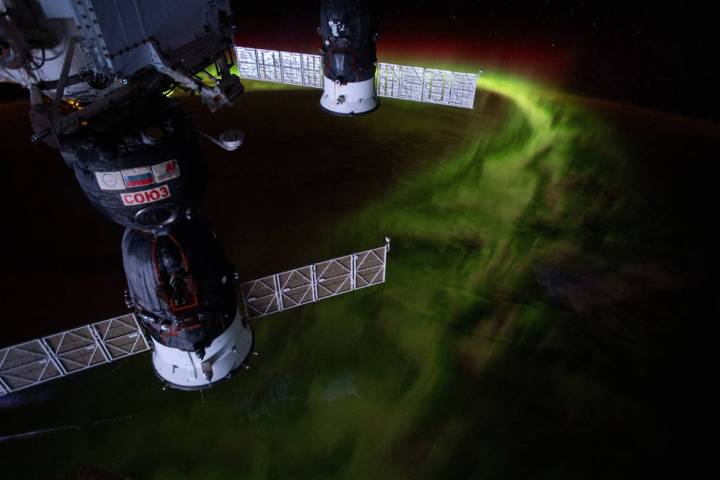
NASA has announced two new missions that will explore the phenomenon of space weather, in which particles from the sun and magnetic fields interact with the Earth’s atmosphere. The results can be beautiful — the northern lights and other auroras are caused by solar winds interacting with Earth’s magnetosphere — but they can also cause problems for satellites and other electronics in orbit. They can even impact astronauts who are exposed to radiation when they leave the Earth’s protective magnetosphere.
So international space agencies are working together to learn more about the relationship between the Earth, its atmosphere, and the sun, in order to better understand and predict space weather.
The first mission, the Extreme Ultraviolet High-Throughput Spectroscopic Telescope (EUVST) Epsilon Mission, will be lead by the Japanese Space Agency (JAXA). This solar telescope will be sent into space to observe the sun and collect data on solar winds, trying to understand what causes these eruptions. Other agencies including NASA and the European Space Agency (ESA) will contribute hardware and expertise.
The second mission is the Electrojet Zeeman Imaging Explorer (EZIE), which will investigate the Earth’s magnetosphere — the magnetic field which protects us from radiation. EZIE will look at how auroras relate to the magnetosphere by measuring geomagnetic activity levels. Even though humans have been marveling over the beauty of auroras for thousands if not millions of years, there is much we still don’t understand about how they form. The mission will be made up of three small CubeSats that can observe Earth from orbit, from between 60 and 90 miles above the planet’s surface.
The aim is to launch EUVST in 2026 and to launch EZIE in 2024. Researchers hope that together they’ll be able to reveal more about the complex system of space weather.
“With these new missions, we’re expanding how we study the sun, space, and Earth as an interconnected system,” said Peg Luce, deputy director of the Heliophysics Division at NASA Headquarters in Washington, in a statement. “EZIE’s use of instrument technology proven on Earth science CubeSat missions is just one example of how science and technology development at NASA go hand in hand across disciplines.”



